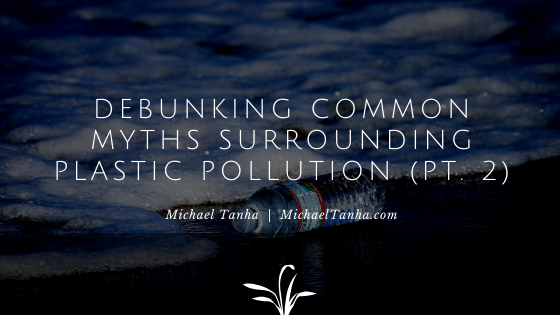Over the last few decades, plastic pollution has become one of the most glaring issues threatening the environment. This problem, layered and widespread as it is, has only been exacerbated by a variety of myths and misconceptions surrounding the act of polluting, the pollution itself, and the subsequent cleaning up of the pollution.
To help clarify matters, I recently addressed and debunked several of these myths. Here, now, I will explore a few more myths.
Myth: “I can just recycle all my plastic to help solve the pollution crisis”
Fact: Recycling is, for all intents and purposes, a timelessly effective, well-intentioned practice for those looking to contribute to a greener earth — if it is done properly. The unfortunate truth is that, due to a number of mistakes and misconceptions, recycling alone is not always enough to make a singular impact on the broader pollution issue. For instance, many people accidentally recycle products that are contaminated — either with food or non-recyclable materials — and these products are usually sent to a landfill in lieu of a repurposing facility. At the same time, others rest on their laurels when recycling, assuming that the act alone will make a difference while unknowingly exacerbating the issue by supporting single-use plastic production.
The solution, in this sense, is two-fold: understand that recycling is not a fix-all for plastic pollution, but that it can help if executed the right way.
Myth: “There are large mounds of plastic floating in the ocean”
Fact: The “plastic island” image is a common one in most plastic pollution discussions, but it is mostly inaccurate. In reality, only a small percentage of disposed plastics actually float atop water. As Ocean Conservancy notes, the majority of these materials are instead scattered throughout the water column, resting on the seafloor, trapped in Arctic ice, or inside ocean animals.”
Myth: “There is a singular answer for plastic pollution”
Fact: Just like recycling alone cannot cure the pollution crisis, there is nothing else that can stand as a singular answer for the issue at large. Other proposed solutions, in this regard, include plastic bands, additional fees on plastic products, and full redesigns of existing plastic materials. Rather, each of these ideas plays its own part in our collective response to pollution, and all must be practiced and encouraged in tandem to create noticeable change.
